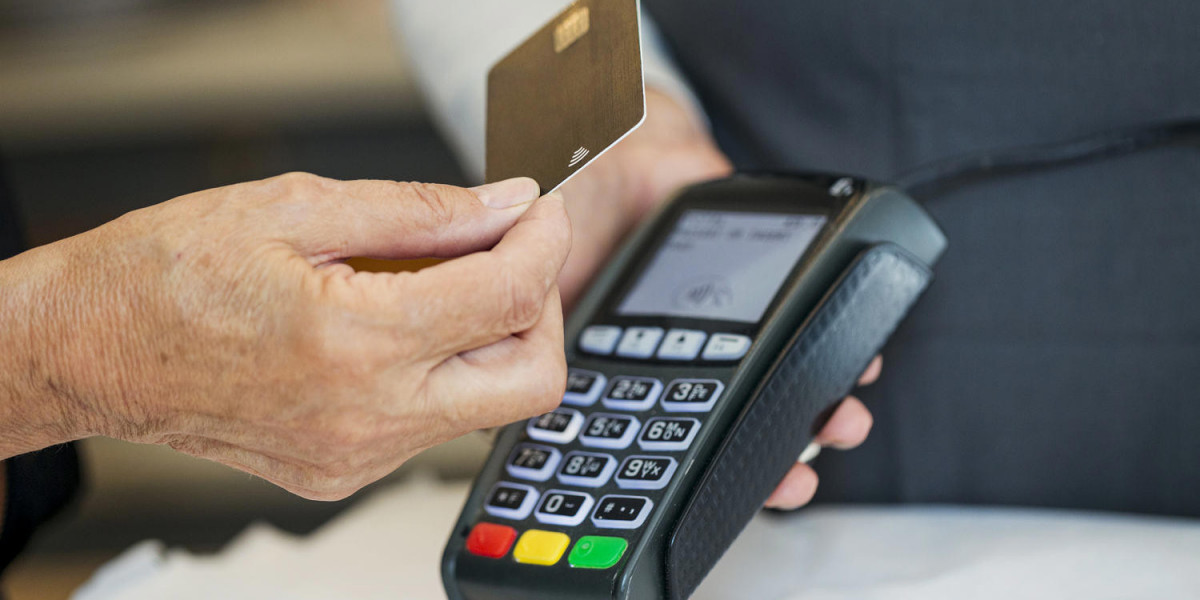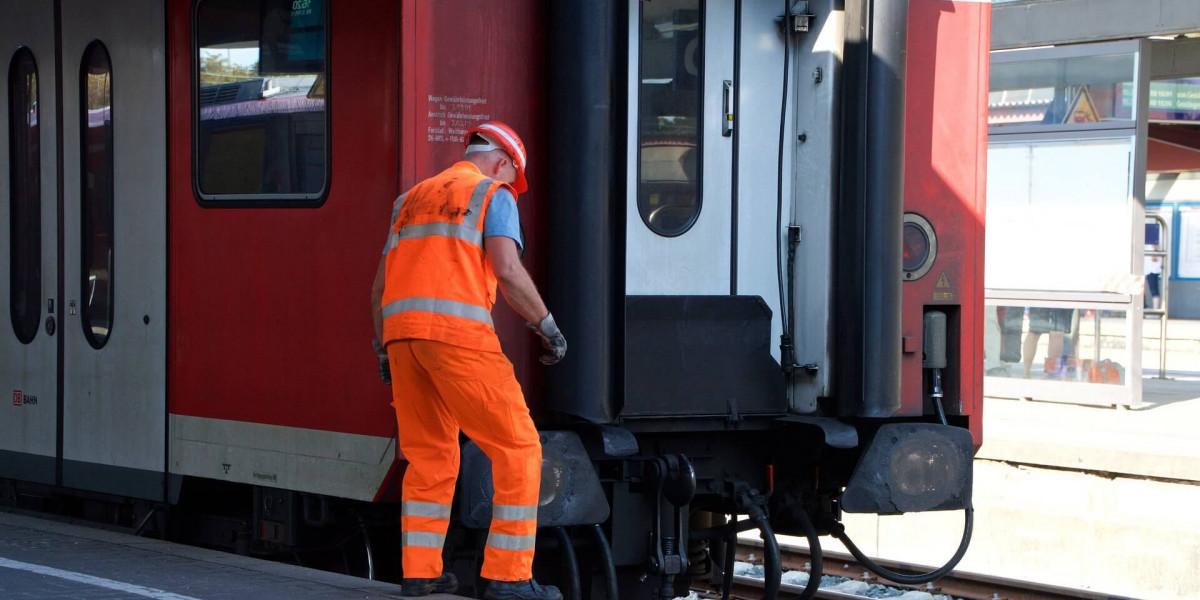The transportation sector is one of the most significant industries that is embracing digital transformation, with contactless payment technology playing a key role in reshaping how passengers pay for fares. The convenience and speed offered by contactless payments have made them an ideal solution for the complexities involved in fare collection for public transport systems, taxis, and even rideshare services. As a result, the contactless payment market in the transportation sector is seeing rapid growth, with cities and transportation authorities around the world implementing innovative solutions that benefit both passengers and operators.
In this article, we’ll explore how contactless payment systems are streamlining fare collection, the challenges and benefits of their implementation, and the future of digital payments in transportation.
The Role of Contactless Payments in the Transportation Sector
Contactless payment refers to the ability to make payments without the need to physically swipe or insert a card. Instead, users can simply tap their NFC-enabled card or mobile device on a payment terminal to complete a transaction. This technology, which uses Near Field Communication (NFC), has been embraced widely in other sectors such as retail and hospitality. However, its adoption in the transportation sector is particularly transformative, given the need for quick, efficient, and secure fare collection across various modes of transport, including buses, trains, trams, ferries, and taxis.
1. Simplifying the Payment Process for Passengers
One of the biggest challenges for public transport systems is managing the fare collection process. Traditional methods, such as purchasing paper tickets or using tokens, can be time-consuming and often result in long queues at stations or on vehicles. Contactless payment systems have significantly simplified this process, offering a smoother, faster, and more efficient experience for passengers.
With contactless payment, passengers can simply tap their card or smartphone at the start and end of their journey, and the system automatically calculates the appropriate fare based on the distance traveled or the route taken. This not only speeds up the boarding process but also eliminates the need for carrying cash, paper tickets, or change, offering greater convenience and reducing the chances of delays.
Example: In London, the Oyster card system allows passengers to use contactless debit or credit cards for tap-and-go payments, enabling them to travel on buses, trains, and the London Underground without needing a dedicated transport card.
2. Reducing Operational Costs for Transport Operators
For transport operators, contactless payment technology offers significant operational efficiencies. Traditional fare collection methods involve manual processing, including handling cash, distributing tickets, and maintaining physical infrastructure such as vending machines or ticket booths. With contactless payments, much of this manual work is eliminated, reducing both costs and human error.
Moreover, contactless payment systems enable better data analytics and reporting for operators, providing insights into passenger usage patterns, peak hours, and route popularity. These insights can help operators optimize service schedules, improve fleet management, and make more informed decisions about fare structures.
Example: Singapore's EZ-Link card system uses contactless payments for both buses and the Mass Rapid Transit (MRT) system. The use of smart cards or contactless-enabled mobile wallets reduces the need for cash handling and ticket sales, streamlining operations.
Benefits of Contactless Payments in Transportation
The adoption of contactless payments in the transportation sector offers numerous advantages for both passengers and transport operators:
1. Speed and Efficiency
Contactless payments enable faster boarding and fare processing, which is crucial for high-traffic transportation systems. Passengers no longer need to wait in long queues to buy tickets, and they can board vehicles quickly, improving the flow of passengers. This is especially important during rush hours or in cities with high population density, where long delays in boarding can lead to overcrowding and decreased efficiency.
Example: Hong Kong’s Octopus card is widely used across the city’s public transport system, allowing passengers to make quick, contactless payments for subway, bus, and even vending machine purchases. The card’s efficiency has become a model for other transportation systems worldwide.
2. Improved Passenger Experience
By reducing friction in the payment process, contactless payments contribute to an overall enhanced passenger experience. Passengers enjoy the convenience of tapping to pay, eliminating the need to carry physical money or worry about carrying the right change. Moreover, the ability to use smartphones for payments adds an extra layer of convenience, as most people already carry their phones for other purposes.
Contactless payments also offer a greater degree of security, as users don’t have to expose their card numbers or personal details when completing a transaction. This added security increases consumer confidence, encouraging adoption of digital payment solutions in transportation.
3. Fare Flexibility and Dynamic Pricing
With contactless payment systems, operators can implement more dynamic pricing models, offering different fares based on time of day, distance, or route popularity. This can help address issues such as overcrowding, as peak-hour pricing could encourage passengers to travel during less busy times.
Example: Some train systems use contactless payment cards to apply distance-based fare models, where the fare adjusts based on the distance traveled, offering a fairer and more transparent pricing structure for passengers.
4. Cashless and Contact-Free Transactions
The cashless nature of contactless payments is not only more convenient but also more hygienic, which has become an increasingly important consideration in the post-pandemic world. The COVID-19 pandemic accelerated the demand for contact-free payment solutions, as passengers sought to avoid handling cash or physically interacting with ticket vending machines.
The adoption of contactless payment systems allows passengers to make secure transactions without touching cash or card terminals, reducing the spread of germs and improving overall hygiene standards.
Challenges in Implementing Contactless Payments in Transportation
While the benefits of contactless payments in transportation are clear, there are several challenges that must be addressed to ensure their widespread adoption and effectiveness:
1. Infrastructure and Technology Integration
Implementing contactless payment systems in existing transportation networks often requires significant investments in infrastructure, including NFC-enabled payment terminals, backend systems for fare calculation and data processing, and integration with existing payment platforms. These systems need to be compatible with various payment methods, including bank cards, mobile wallets, and transportation cards.
In many developing countries, the lack of digital infrastructure can be a barrier to the adoption of contactless payments. Transportation authorities may face challenges in upgrading legacy systems to accommodate new payment technologies.
2. Privacy and Data Security Concerns
While contactless payments offer significant advantages in terms of security, the collection of payment data through NFC-enabled devices raises concerns about data privacy. There are risks associated with the misuse or breach of personal and financial information, which could undermine consumer confidence in using contactless payment systems.
Transport operators and service providers must invest in strong data security protocols and ensure compliance with regulations like GDPR to protect passenger data and maintain trust.
3. Inclusivity and Access
For contactless payment systems to be truly effective, they must be inclusive. Not all passengers have access to smartphones or bank accounts, particularly in lower-income communities. This can exclude a portion of the population from the benefits of digital payment systems.
In regions where digital literacy is low or smartphone penetration is limited, governments and operators may need to consider alternative payment options, such as prepaid cards or subsidized devices, to ensure equal access for all passengers.
The Future of Contactless Payments in Transportation
The future of contactless payments in the transportation sector looks promising, with continuous innovations aimed at improving convenience, security, and efficiency. As digital payment infrastructure expands globally, more cities and transportation operators will adopt contactless payment solutions.
Additionally, the integration of emerging technologies, such as blockchain for secure transactions and artificial intelligence for dynamic fare pricing, could further enhance the contactless payment experience. Furthermore, as more passengers embrace mobile wallets and smart wearables, the need for traditional payment cards may diminish, paving the way for a truly cashless, seamless travel experience.
Ultimately, contactless payments will play a crucial role in creating smarter, more sustainable transportation systems that benefit both passengers and operators, streamlining fare collection and improving overall transportation efficiency.
Conclusion
The adoption of contactless payment systems in the transportation sector is transforming how passengers pay for their travel, offering faster, more convenient, and secure options for fare collection. While challenges such as infrastructure costs and data privacy concerns remain, the advantages of contactless payments in terms of speed, efficiency, and passenger experience are undeniable.
As the technology continues to evolve and become more widely accessible, contactless payments will undoubtedly play a central role in the development of smarter, greener, and more inclusive transportation systems around the world. The future of transportation fare collection is digital, and contactless payments are leading the way.









